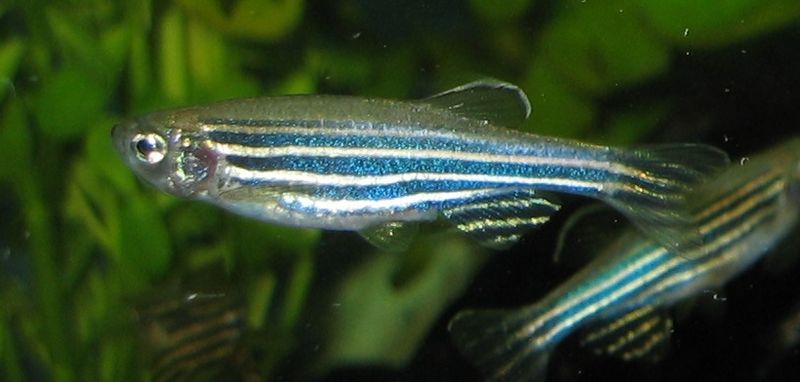 Although previous references have provided data regarding the potential oncogenic role of the gene ETV7, there has been minimal investigation as to its physiological role.
Although previous references have provided data regarding the potential oncogenic role of the gene ETV7, there has been minimal investigation as to its physiological role.
In the following reference, Quintana, A. et al. (2014) Disease Models & Mechanisms 7, 265–70, zebrafish were used as in vivo model system to characterize ETV7.
One key experiment required the morpholino-oligonucleotide -mediated knockdown of in vivo ETV7. Two independent morpholinos were designed: one that inhibited translation and the other that inhibited proper splicing of exon 3. The efficacy of the translation –blocking morpholino was assessed with cell free expression of ETV7-tagged with hemagglutinin (HA).
Western blot performed with anti-HA antibodies determined the extent of the knockdown compared to a control containing no morpholino added. Once an efficient design was determined via cell-free expression screening, it was used for in vivo experiments. In conjunction additional other techniques, concluded that ETV7 is essential for normal red blood cell development.
